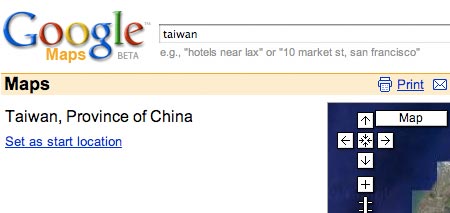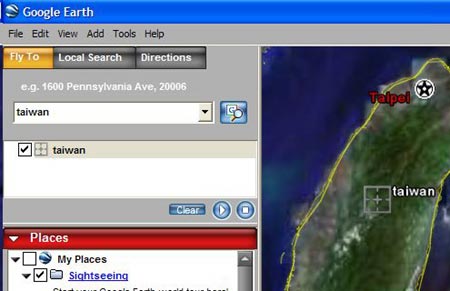Over at Infectuous Greed, a commenter leaves the observation that most of the Web 2.0 services, and specifically mashups, lack stickiness: “I cannot think of one mashup that I have used beyond that initial curiosity phase.”
The blog’s owner, Paul Kedrosky, agrees, but does not think this dooms the Web 2.0 idea (though he is mum as to why).
Quite possibly, this is merely a case of our collective imagination needing to catch up with the possibilities made available by new technology. But it is an interesting contrast to Google Earth, where all the anecdotal evidence (and blogs are nothing if not that) points to a strong and growing addiction among users. Google Earth is generating blockbuster video-game levels of usage. Sure, it’s immersive, but that’s not the main reason, I think. Rather, it’s because Google Earth is an enhanced browser, not an application in a browser — it’s a platform to publish to, not something that is published to a platform.
The analogy holds up well when comparing Google Earth to the traditional browser: Although our interest might flit from site to site using a traditional HTML browser, we still use a browser all the time. Google Earth is slipping into its browser role nicely — National Geographic last week, ants this week… Whatever it is next week, We’ll use Google Earth to show us. That’s stickiness.

